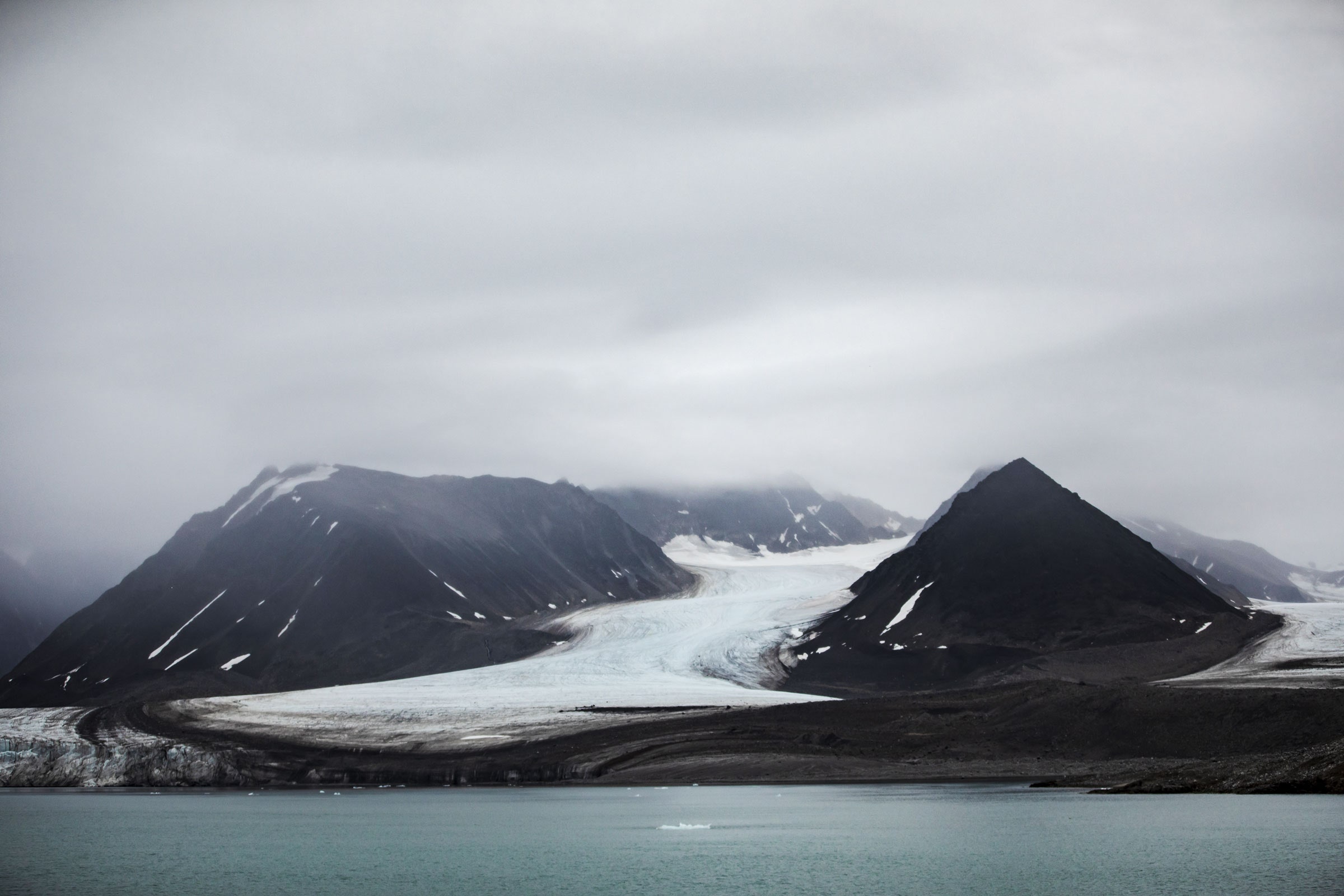
The Arctic Is a Freezer That’s Losing Power
Methane is a fundamental component of buried fossil fuels—the “natural gas” we burn contains methane, in fact—which can migrate through cracks in rock. When it reaches groundwater, the liquid readily absorbs the geologic gas. “We find that the higher-concentrated springs are much more prevalent in regions that have really high organic-containing rocks, such as shale and coal,” says Kleber. “This is millions-of-years-old methane that’s been trapped in the rocks and is now finding a way to come out by exploiting these groundwater springs. And so that means that the capacity for these emissions is quite large, since it’s being fed by this very large reservoir.”

